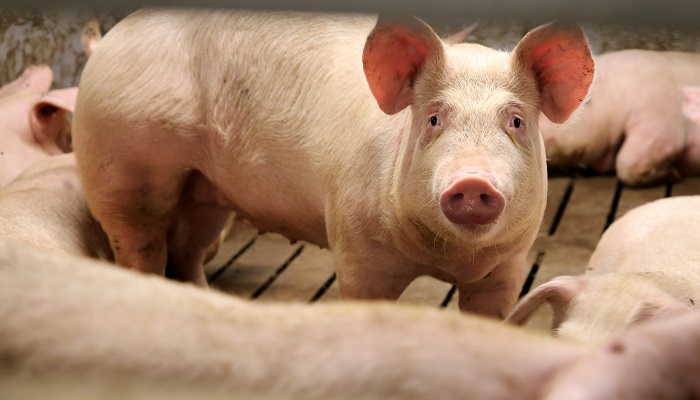30 May 2025
Focus on sow replacement rate

Managing sow replacement is key to farm success. Aiming for 5 to 6 litters per sow can cut costs and improve piglet health. Gerard McCutcheon tells us more.
The average annual sow culling rate in 2023 was 52% on recorded herds (Teagasc Profit Monitor). The average sow mortality was 8%, bringing the total replacement rate to 60%. With 2.26 litters produced per sow per year it can be estimated that the average number of litters produced per sow is 3.8. This is well below the ideal aim of getting 5 to 6 litters per sow over her lifetime. Ideally a typical target replacement rate is 40 to 50%.
Benefits of lower replacement rates
There is an advantage to bringing in more gilts if herd fertility or productivity is low, but the aim should be to get as many sows to produce 5 to 6 litters as possible. There is a major advantage in having more sows farrowing up to 6 litters as the immunity of the piglets from the older sows will be greater. The risk is that with a younger herd (with a higher sow replacement rate) the overall immunity in the herd is lower, thereby increasing the risk of a disease outbreak. There are costs associated with replacing sows, but the aim should be to ensure you keep as many sows in the herd as possible for their most productive litters (i.e. litters 3 to 5).
Identifying culling reasons
The reasons for culling sows should be identified and it is useful to look at the parity profile of the herd. The likely reasons for culling young sows are:
- Failure to re-breed after weaning
- Leg weakness, lameness or injury
- Failure to conceive, poor sow productivity and/or urogenital tract infections
- Poor teats and/or udder infection
Managing gilts for longevity
One critical area is the management of gilts on the farm. Manage gilts to maximise their longevity within the breeding herd.
Replacement gilts should ideally be reared in single sex pens from weaning to service. They tend to grow faster, and have less mounting behaviours than when mixed with males. This should result in less hoof damage and fewer injuries.
The earliest cycling females are the most fertile, so try to have a good management system to identify gilts that are cycling in the gilt rearing area.
On the nutritional side the aim is to get good bone/skeletal development and to lay down some fat reserves in the replacement gilts. This means feeding a gilt developer diet from 70 kg to service (i.e. 150 to 160 kg LW) at 34 to 38 weeks of age. This gilt developer diet should have 13.5 MJ DE/kg, 0.8% lysine, 1% calcium, 0.8% phosphorus and should be supplemented with biotin, copper, zinc and manganese to enhance bone and skeletal development.
Be careful that you do not let gilts get too old or heavy at service, and never serve gilts if they are over 38 weeks of age (cull them before they enter the breeding herd).
Conclusion
Assess the annual replacement rate on your farm. If it is higher than 50% you should have a close look at how well you are managing the gilts on your farm, and look at the parity analysis for the farm. This is worth doing in consultation with your Teagasc Advisor and/or veterinary consultant.
